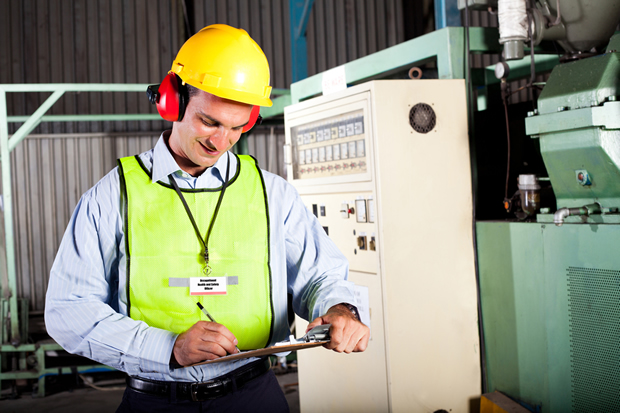If you require your employees to lift anything while they’re working for you, or you provide lifting equipment for your employees to use, you’re bound by certain rules and regulations.

These rules and regulations are in place to ensure that employees are safe while they’re carrying out tasks. It’s your responsibility as an employer to identify, manage and respond to any risks to your employee’s health and wellbeing.
So, is your business meeting the legal requirements for lifting equipment? Here’s some key information you need to know in order to answer that question.
What are the rules?
The rules that concern lifting in your business are called the Lifting Operations and Lifting Equipment Regulations 1998 (often shortened to LOLER). LOLER is assisted by some other laws and guidance documents, so you (or an appointed person within your business) must get up to speed with these documents, reading them as a whole to fully understand what’s required of your business. You’ll also need to understand any updates or amends that are made.
Do the rules apply to you?
Of course, you actually need to determine whether or not your lifting tasks ‘constitute’ lifting in the sense that makes you bound by the law. Regulation 8(2) of LOLER says that a lifting operation is something that is “…concerned with the lifting or lowering of a load”. But, bear in mind that a load doesn’t necessarily just refer to a tower of boxes or an item of machinery. A load can also include an individual or a group of people, so be sure to ask yourself whether or not your tasks fall under 8(2) of LOLER.
You’ll also be bound by the law if you provide your employees with accessories and ‘add-ons’ to larger pieces of equipment (such as things that are used for fixing or supporting).
You’ll need to choose the right equipment and mark it
Part of complying with the legal requirements for lifting means selecting the right equipment for your employees to use. Equipment must be strong enough for the task in hand, fit for purpose and well-maintained. You’ll need to mark your lifting equipment to denote their safe working loads (SWL) so that your employees don’t accidentally exceed the maximum load the equipment can handle.
Also, equipment will need to be positioned in a way that reduces risk of injury or damage to your employees, which is where having good health and safety management software will come in useful. Good software (such as the likes provided by Airsweb) will help you to manage risks across your entire company, report on incidents and monitor investigations where necessary.
You’ll need to plan lifting operations carefully
Another thing to bear in mind is that you can’t just ‘make things up as you go’. If you’re taking health and safety seriously you’ll understand this already, but it doesn’t hurt to remember that careful planning and organisation is required so that you can be sure you’re identifying and assessing risks to your employees. Think about what your employees are lifting, where they’re lifting things to, and all the things that could be hazardous along the way. What could you do to reduce risk to their health and safety?
Finally, you’ll need to regularly inspect your lifting equipment
You’ll need to inspect your lifting equipment and maintain it regularly to ensure that defects are spotted and rectified. You might also need to inspect equipment before the first time it’s ever used, and inspect it again if it’s installed or assembled on another site.
This all sounds quite intimidating, but it’s understandable and relatively straightforward to comply with if you take the time to digest information slowly and carefully. If you’d like more information about what your business needs to do where lifting equipment is concerned, check out the HSE website.
Debbie Fletcher
debbiefletcher90@gmail.com




Comments are closed.